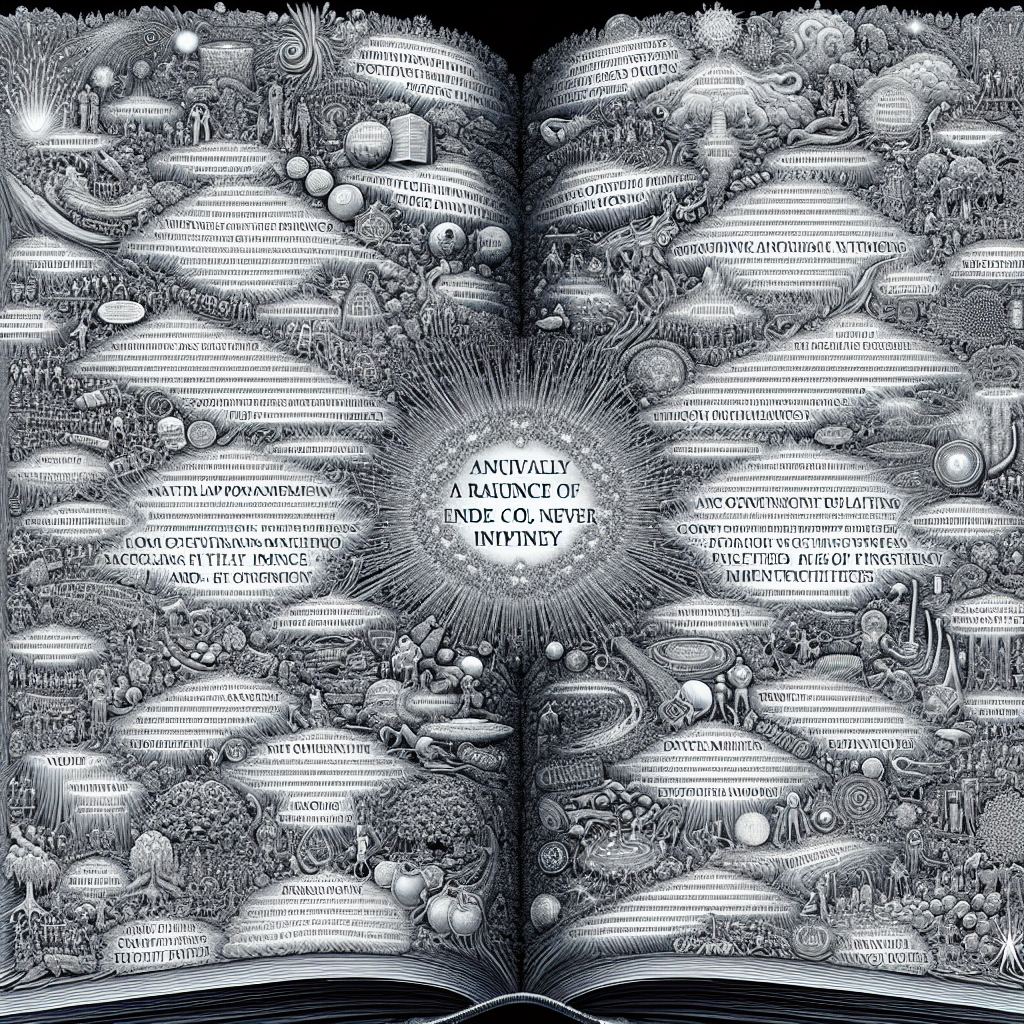“Cryptography – the art of solving and writing codes – has a fascinating history that’s as old as human civilization itself. It has played a pivotal role in shaping societies and politics, thereby shaping human lives during wars and peacetime alike.
Historically, Cryptography was used as secret language for private communication between individuals or within groups that were at distance. The Spartan military employed an ancient device known as the scytale for encryption, which involved a strip of leather or parchment being weaved in a specific pattern to withhold the true message. It’s a perfect example of transposition-based encryption, where the letters of the original text are shuffled but not substituted.
While cryptography remains as crucial today, the methods have evolved significantly. Modern technology, particularly computers, has changed the dynamics of cryptanalysis completely. Computer-based algorithms can encrypt and decrypt messages at lightning-fast speeds that are humanly impossible. Nowadays, cryptography is used to secure emails, banking transactions, and corporate data.
One of the widely-used encryption methods in the digital age is the Advanced Encryption Standard (AES), sanctioned by the U.S. Government. AES is powerful because it uses variable key lengths of 128, 192, or 256 bits, making billions upon billions of combinations feasible. Cracking an AES encrypted message can take millions of years even with the most advanced supercomputers!
In fluctuating scenarios between peace and war, cryptography has safeguarded secrets and influenced pivotal decisions. It’s no exaggeration in stating that it has been a silent but substantial influencer in the course of human history. As we progress into an even more digitized age, cryptography’s significance will only heighten. Providing cutting-edge novel algorithms to secure our communications not only safeguards our personal information but also strengthens national security.
Cryptography’s evolution from the scytale to military communication systems, and now to our smartphones, is a captivating journey. It exemplifies the power and importance of secure communication in humankind’s growth and development. As the world grows smaller and more connected, we will witness not only the escalating impacts but also the deepening enigma of cryptography.”
Title: Dance of the Cosmos: The Wonders of Astronomy
Gazing at the starlit sky has mesmerized humanity across centuries, making Astronomy one of the oldest sciences in human civilization. The stars’ infinite sparkle evokes a sense of wonder and mystery that’s simultaneously enchanting and intimidating.
Astronomy is the study of everything in the universe beyond our planet’s atmosphere. It trails back to 3,000 BC, with ancient civilizations using patterns of the stars and planets for navigation, timekeeping, and religious ceremonies. Stonehenge, Great Pyramids of Giza, and the Aztec Sun Stone are examples of historical monuments with astronomical significance.
Fast forward to the modern age, human curiosity led us not only to gaze at the sky but also to venture into it. The space race in the 20th century finally materialized human journey beyond Earth. Landmark events like the Apollo 11 moon landing and the Mars Rover expedition have expanded our knowledge about our celestial neighborhood like never before.
On the grand scale of the universe, our lives may seem microscopically minuscule. However, the knowledge that we’re a part of this magnificent cosmic ballet is profoundly humbling. With every new celestial discovery, we get closer to comprehending our place in the universe.
Immensely transformative telescopes such as the Hubble Space Telescope and the upcoming James Webb Space Telescope have made observing far-off galaxies possible. Newer dimensions of astronomical research continue to offer insights into cosmic phenomena like black holes, dark matter, and gravitational waves, sparking countless theories and interpretations.
As we strive to uncover cosmic enigmas, the essence of astronomy remains as what led us to study it initially: wonder. This drive inspires us to comprehend our past, decipher our existence, and shape paths to futurity. No matter how much we delve into the infinite universe, the sheer mystery and beauty will always leave us gazing at the starlit sky in awe and fascination.

Leave a Reply